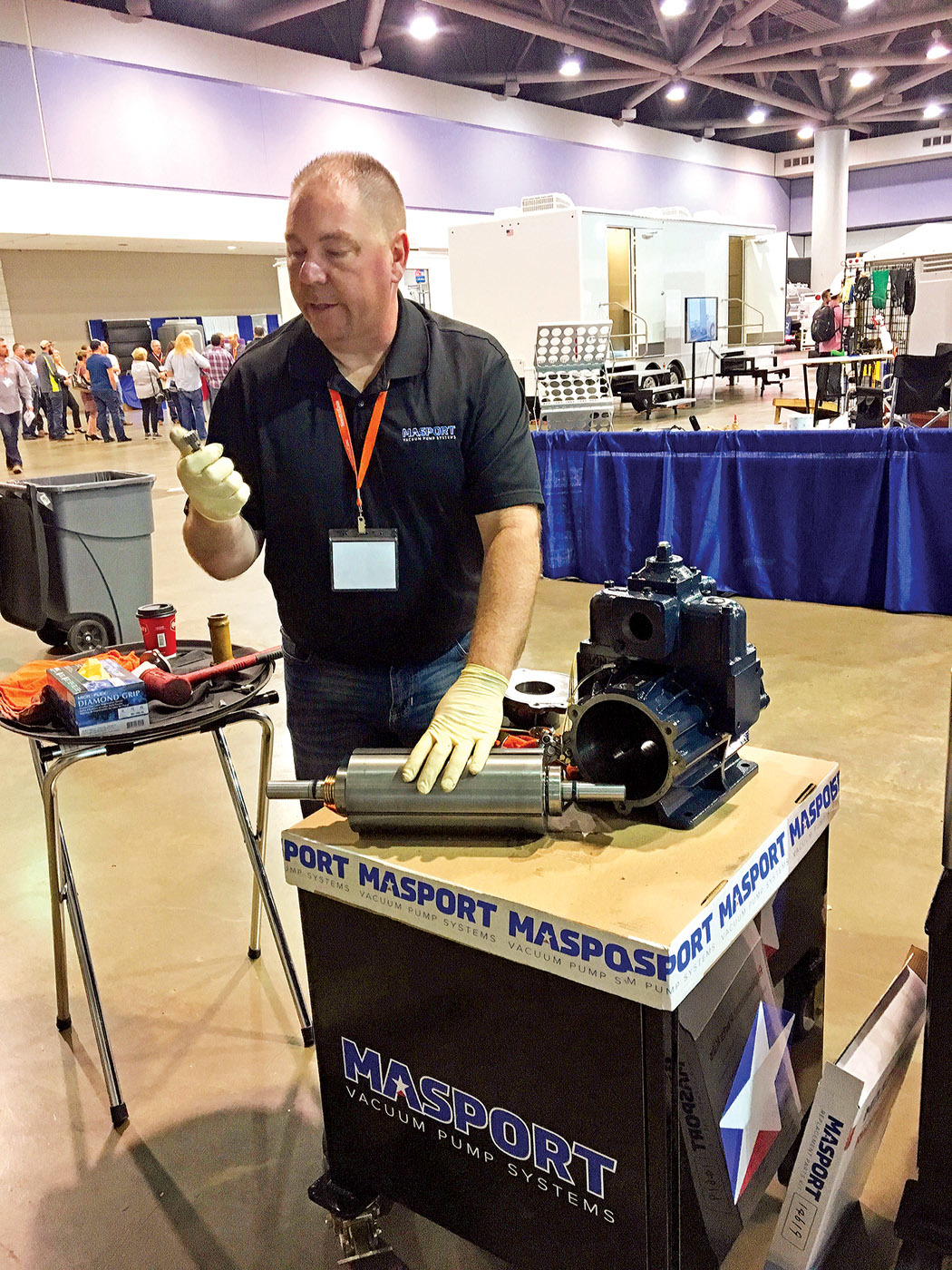Follow These Tips and Get the Most From Your Vacuum Pumps
The wheels still roll, but lose suction power and your truck might as well be dead on the side of the road. A proper maintenance plan will keep you pumping on the busy days ahead.
Popular Stories
Discussion
Comments on this site are submitted by users and are not endorsed by nor do they reflect the views or opinions of COLE Publishing, Inc. Comments are moderated before being posted.






